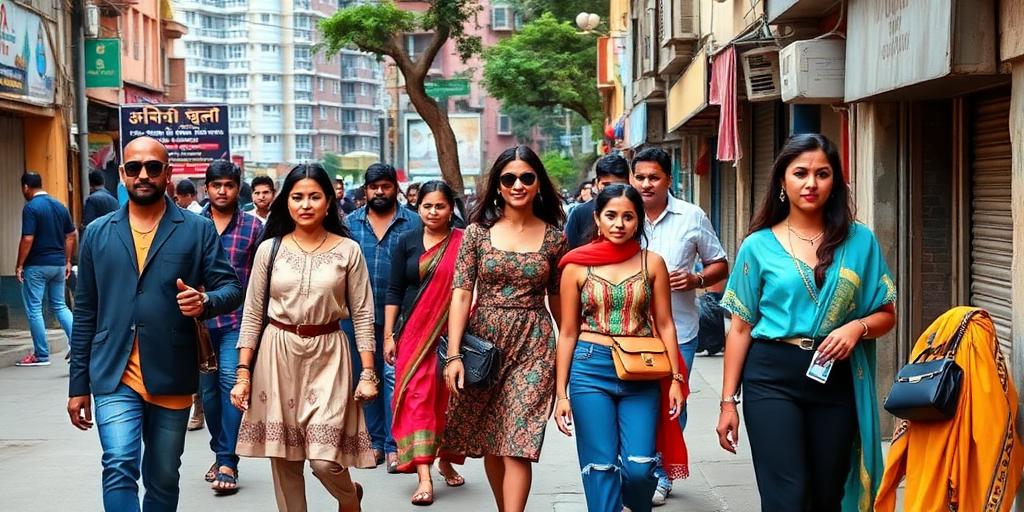The Evolution of Street Style in India
Street style, a dynamic and ever-changing expression of personal identity, has undergone a fascinating evolution in India. From its nascent stages influenced by global trends to its current vibrant form deeply rooted in local culture, Indian street style narrates a compelling story of adaptation, innovation, and self-expression.
Early Influences and the Dawn of Street Style
The concept of street style began to take shape in India primarily through the influence of Western fashion trends. In the late 20th century, globalization exposed urban youth to international styles, leading to an initial adoption of trends from the West. However, this was merely the starting point. The narrative soon shifted as Indian youth began to reinterpret these trends through a uniquely Indian lens.
The Fusion of Global and Local
As street style evolved, it began to reflect a compelling fusion of global trends and local aesthetics. Designers and fashion enthusiasts started to incorporate traditional Indian textiles, motifs, and silhouettes into contemporary designs. This fusion marked a significant turning point, giving Indian street style a distinct identity. The use of khadi, ikat, and block-printed fabrics became increasingly common, blending modern cuts with traditional craftsmanship.
The Rise of Social Media and Digital Influence
The advent of social media platforms like Instagram, Facebook, and Pinterest has played a pivotal role in democratizing fashion and amplifying the reach of street style. These platforms have provided a stage for emerging designers, fashion bloggers, and everyday individuals to showcase their unique styles. This digital revolution has not only broadened the scope of street style but has also fostered a sense of community among fashion enthusiasts.
Key Elements Defining Contemporary Indian Street Style
Several elements define the contemporary landscape of Indian street style:
- Cultural Pride: A celebration of Indian heritage through the incorporation of traditional textiles, embroidery, and jewelry.
- Sustainable Fashion: An increasing emphasis on eco-friendly and ethical fashion choices, with a focus on sustainable materials and practices.
- Gender Fluidity: A progressive movement towards breaking gender norms in fashion, with individuals experimenting with silhouettes and styles that defy traditional gender roles.
- DIY and Upcycling: A creative approach to fashion that involves repurposing old garments, customizing outfits, and embracing a do-it-yourself ethos.
Street Style as a Form of Social Commentary
Beyond its aesthetic appeal, street style in India often serves as a form of social commentary. It provides a platform for individuals to express their opinions, challenge societal norms, and advocate for change. Whether it's through slogans on clothing, the adoption of certain styles as a form of protest, or the celebration of diversity, street style has become a powerful tool for self-expression and social activism.
The Future of Indian Street Style
Looking ahead, the future of Indian street style appears incredibly promising. With a growing emphasis on sustainability, inclusivity, and cultural pride, Indian street style is poised to evolve into an even more dynamic and meaningful form of self-expression. As technology continues to advance and social media continues to shape our world, the possibilities for innovation and creativity in Indian street style are virtually limitless.
In conclusion, the evolution of street style in India is a testament to the country's rich cultural heritage, its openness to global influences, and its unwavering spirit of self-expression. As it continues to evolve, Indian street style will undoubtedly leave an indelible mark on the global fashion landscape.









